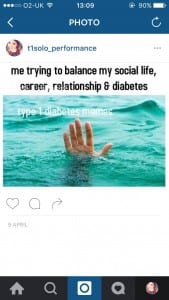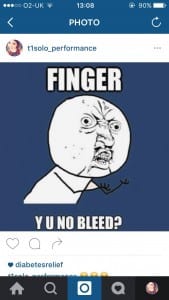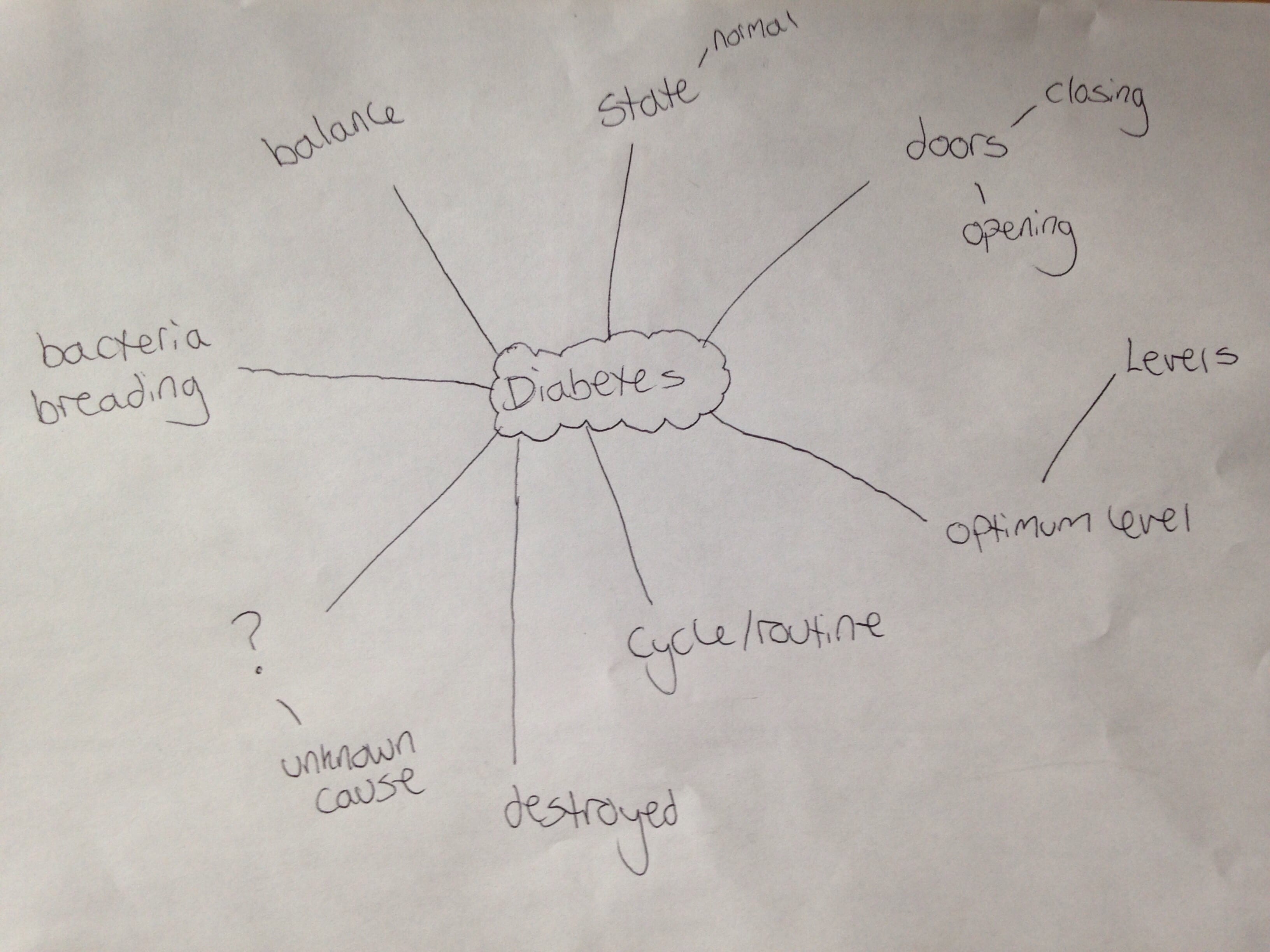Here are the images of the light that projects on the ceiling and reminds me of blood vessels, I need to experiment with this light in the studio!
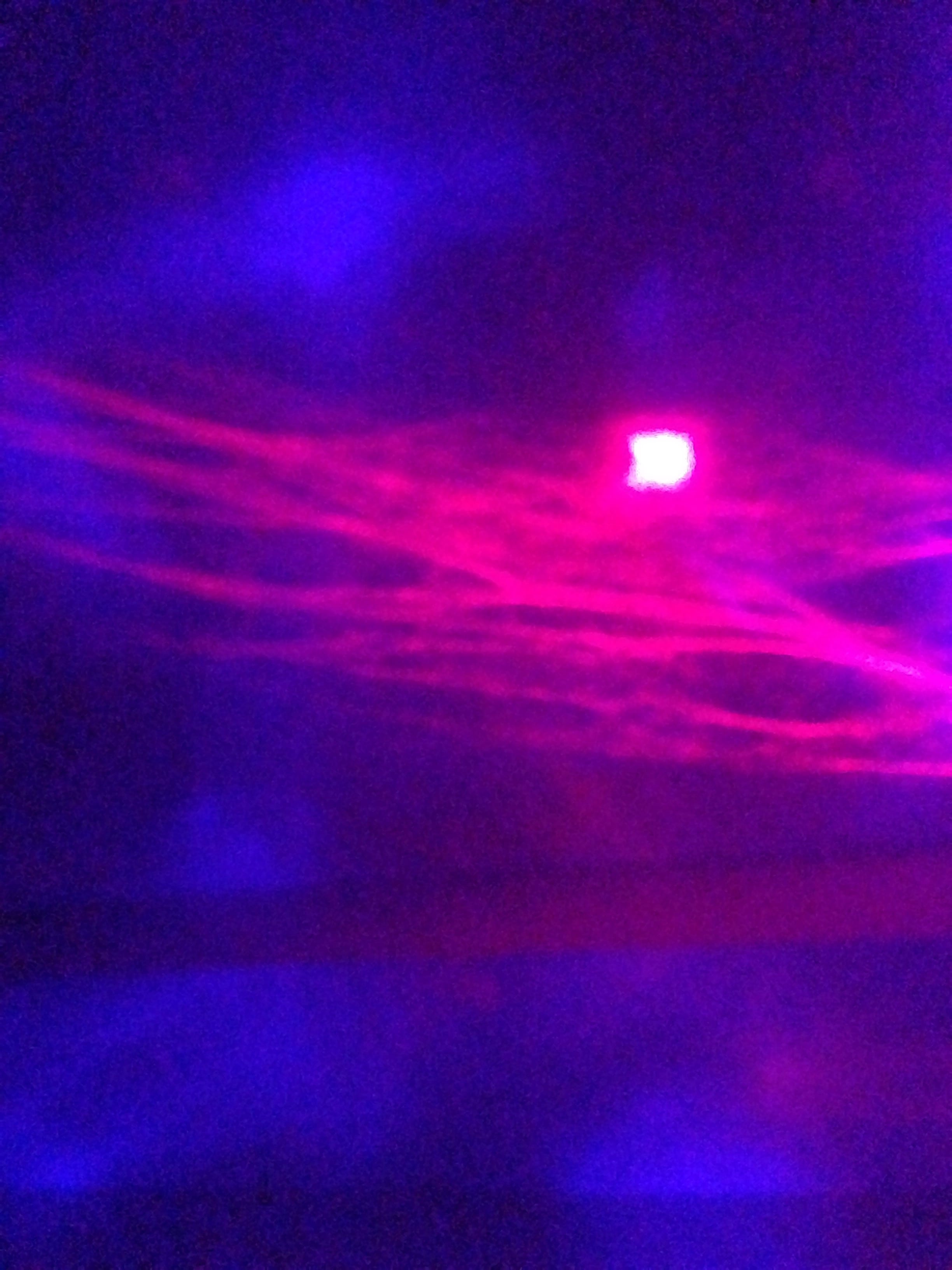
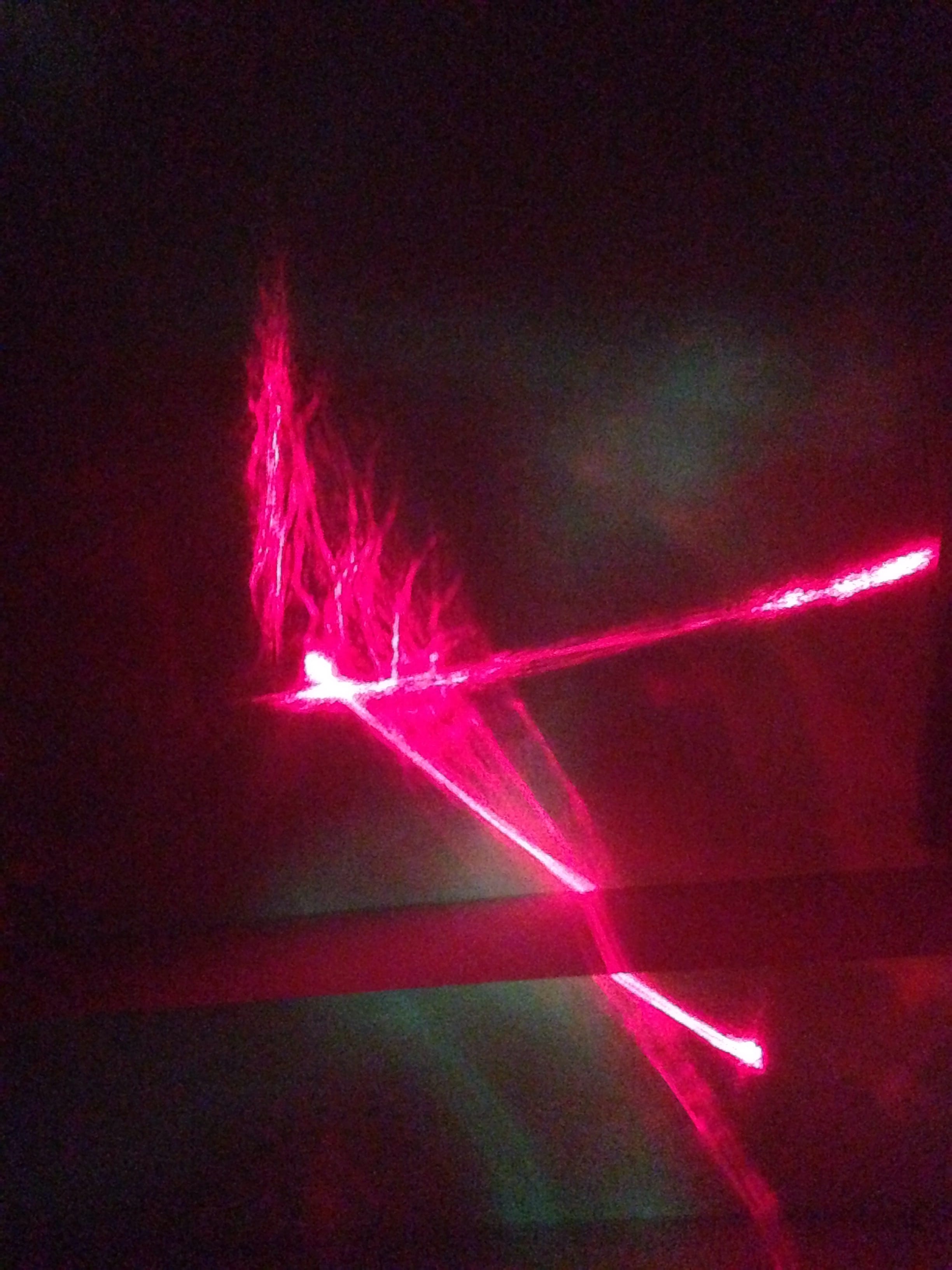

Monthly Archives: February 2016
Struggles
Collaboration/ Game show idea
Today’s session was about collaboration. Our stimulus words were Failure for Tom and Levels for myself. Combining the two words together, we had to try create a show.
Impossible tasks/playing with the audience
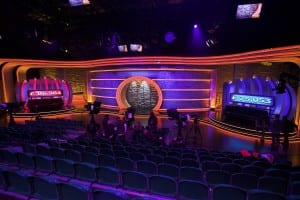
Audience enter the space to find it set out like a TV Game show studio. The audience sit on tiered seating. It is lit with a wash. A ‘presenter’ (solo performer) sits on a stool, getting his makeup touched up. There is the sound of audience chatter being played through the speaker system showing the real audience that they are allowed to chat and that this is pre-performance. There are film cameras panning round the audience and the audiences faces via live stream are being shown on the large back screen of the game show set. When the audience have all been seated for a small time. A loud cheesy gameshow voice introduces the show “Good evening ladies and Gentlemen and welcome to…. etc” The presenter stays motionless and straight-faced throughout. A spotlight highlights a podium with two red buttons on it. The back screen now displays the rules of the game. “The spotlight will pick a member of the audience, the audience member will be required to approach the podium and press one of the two buttons as corresponding to the task. They will then return to their seats” .The game show begins by a round of tasks related to the solo performers personal life. For example, things that they actually love or hate. eg ‘Eat an apple with the skin on’(for me this is challenging as I struggle to eat the skin but it seems more of a safe option than- ‘eat a whole bag of sugar’ which being diabetic could potentially kill me). It will start light-hearted and jovial in this way. Very like butlins. However as it goes on the tasks become more extreme, and the audience are forced to make tougher decisions. The audience are told if they don’t press a button within a certain time one of the presenters balloons will burst. In the second round. The camera shows just the presenters face. We ask the audiences very personal questions about the presenter such as “How many times has your mother tried to kill herself?” Two or five?- Tom. Through this we learn autobiographical information about the performer. The voiceover will speed up with the questions becoming more and more serious and unbearable for the audience to hear. The lights dart sporadically until the performer stands and approaches the buttons, and there is a blackout.
Although I don’t want my piece to be quite as shocking and make the audience feel uncomfortable, I do however like the idea of going from light hearted and cabaret bright lights style to a darker tone with mood lighting. I want the audience to take away a deeper serious understanding of type 1 diabetes whilst still understanding there are positives and I have a happy outlook on life, hence I want to add comedy in my script too. The game show idea I like in terms of having bright coloured lights and perhaps a microphone, as it puts the one performer under pressure. The idea of revealing a screen with questions on could work for challenging the audiences pre conceptions of obvious questions like “what is the difference between type 1 and type 2 diabetes?”

“Going to your friend’s house and their parents buy “diabetic food” because they think that’s all you can eat- Diabetic food contains laxatives It will cause me to shit myself like I did when I had my first pack of sugar free polos, and ate the whole pack, in one go. At my dad’s friends house. I eat normal chocolate.
However if I eat a whole giant bar of chocolate and don’t carb count properly I end up feeling even more sick than a “normal” person from stuffing my face.” (Baillie, 2016)
Key ideas: Pre-performance, Voice Overs, Question screens, Multi-coloured lights, microphone, performer becoming more and more challenged, Confessions.
What is Diabetes? TYPE 1
- Insulin is the hormone produced by the pancreas that allows glucose to enter the body’s cells, where it is used as fuel for energy so we can work, play and generally live our lives. It is vital for life.
- Glucose comes from digesting carbohydrate and is also produced by the liver.
- If you have diabetes, your body cannot make proper use of this glucose so it builds up in the blood and can’t be used as fuel.
- There are two main types of diabetes: Type 1 diabetes and Type 2 diabetes.
Diabetes develops when glucose can’t enter the body’s cells to be used as fuel. This happens when either:
- There is no insulin to unlock the cells (Type 1)
- There is not enough insulin or the insulin is there but not
working properly (Type 2).
Diabetes.org.uk, (2016). What is diabetes? – Diabetes UK. [online] Available at: https://www.diabetes.org.uk/Guide-to-diabetes/What-is-diabetes/ [Accessed 12 Feb. 2016].
Spalding’s Grey- Swimming to Cambodia
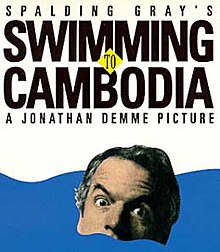

“Actor Spalding Gray has a way with words. Especially in the spoken form he’s made famous: monologues delivered in direct personal address to a live audience. Intelligent, funny and disarmingly confessional, he sits at a table with only a glass of water and his outline of key words, ports-of-call in his freewheeling, autobiographical odysseys that strike resonant chords of cultural anxiety in his listeners”(Brandes, 1992).
Set out as the audience walk in is a table, with a microphone and glass of water on top. The house lights are on and then the actor walks in casually like an audience member, but then continues to sit at the table on the stage. He takes a sip of water and then the lights dim and a spotlight is left on him. This sets the atmosphere, it lets the audience know that there is a casual tone to the piece the actor is going to sit and talk, but the spotlight highlights that he is the focus of the performance. There is also a projection screen which shows the places he is talking about so the audience can get a slight more sense of where he is talking about whilst still using their imaginations. This is a key feature of this piece that inspires me, the use of projections and pull down map screens.
Although i said from watching Matt Chewiwie’s videos last lesson that i did not want to just rant or lecture the audience i do like the use of facts, but the way the performer presents the facts is what is key. I find the constant talking from one performer quite intense and my brain switches off, therefore i have been thinking about possibly not speaking at all. However, i like the use of a microphone as it adds a ‘performance’ spectacle, the audience may wonder if i am going to sing, or say a monologue. The microphone could just be a visual metaphor for my life being a show. My solo performance is going to be autobiographical, therefore i am the centre of the focus. Due to it being about something that isn’t a visible disability, it therefore means that it is hard to show what happens to my body and so the use of me not speaking could be interesting, to try show visually what is going on inside me. I also like the use like the use of repetition in Swimming to Cambodia as it makes key elements stick in the minds of the audience. This could be useful when trying to explain to the audience what type 1 diabetes is. make sure the miss pre conceptions are outlined and understood, ie it is not gained by eating too much sugar. I could then have images of sugar cubes comes up on a screen and multiply and then repeat again it is not gained by eating too much sugar.
I want to experiment with writing a script, then trying my first idea of going to the microphone at certain key points, try voice overs, and try using visuals instead of speaking. I need to set up the atmosphere as the audience walk in and then switch it up. I want my pre set lighting to be impacting and create an uncertainty of what will happen in my performance. The lighting changes with the change in the time and place being spoken about.
Brandes, P. (1992). A Perfect Moment : Actor Spalding Gray says that after 13 monologues, he’s going to give up the medium. Los Angeles Times. [online] Available from http://articles.latimes.com/1992-03-05/news/vl-4622_1_spalding-gray [Accessed 27 April 2016].

